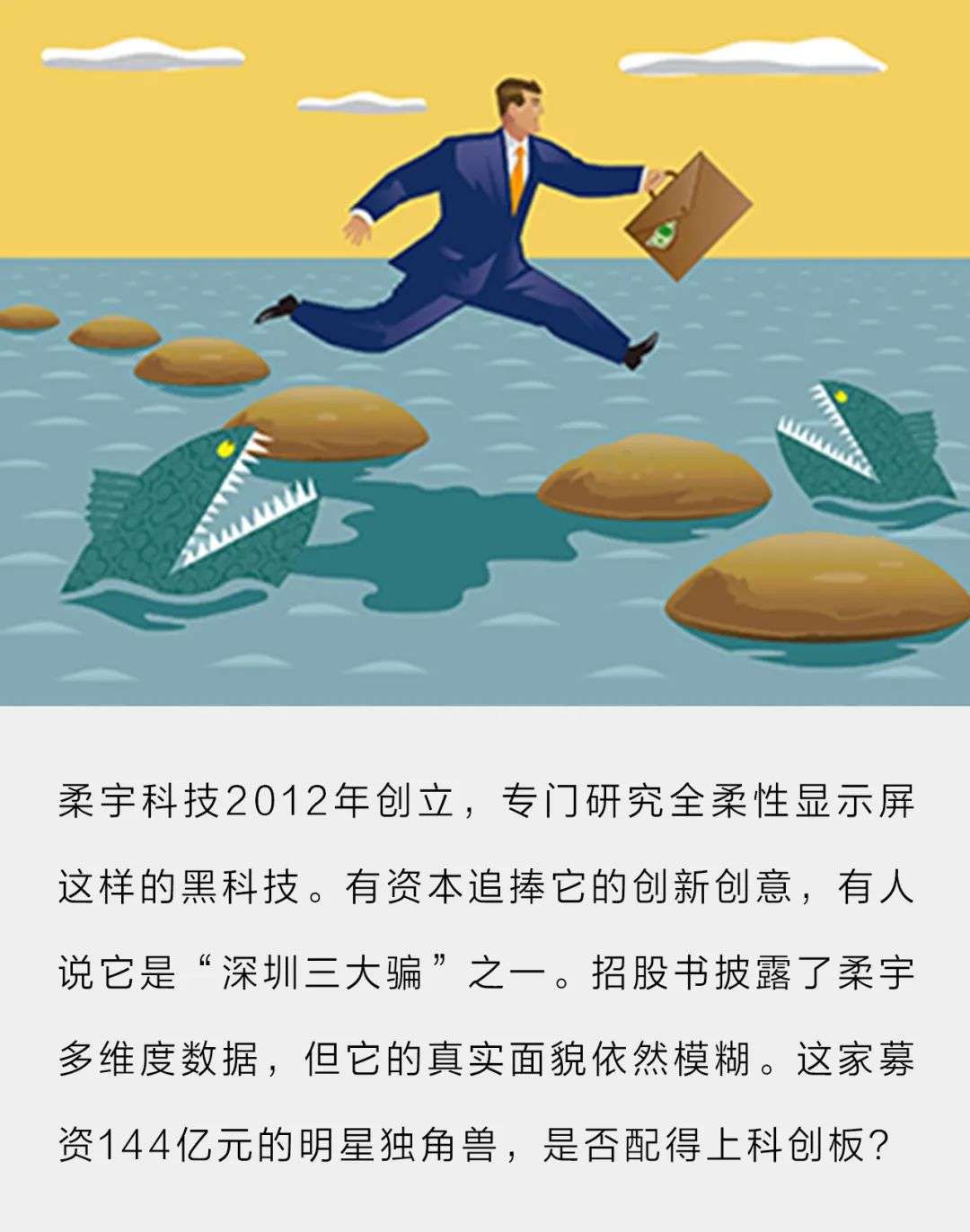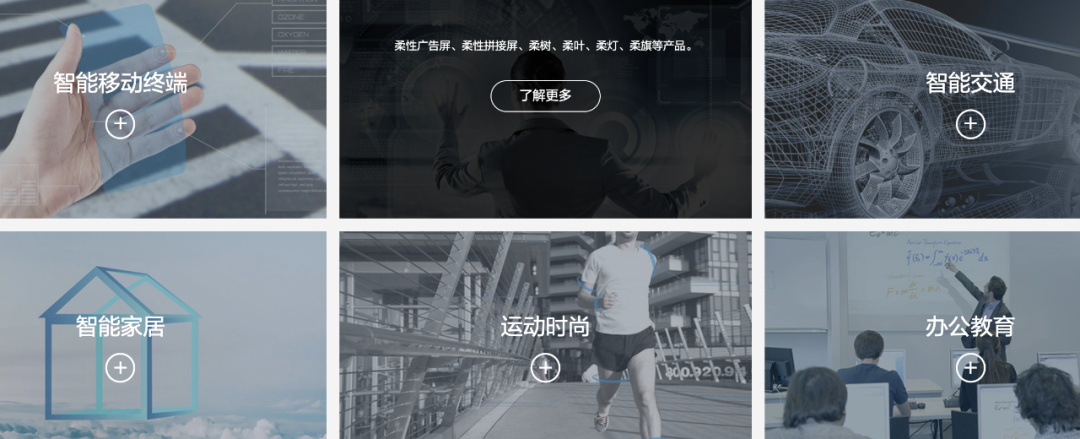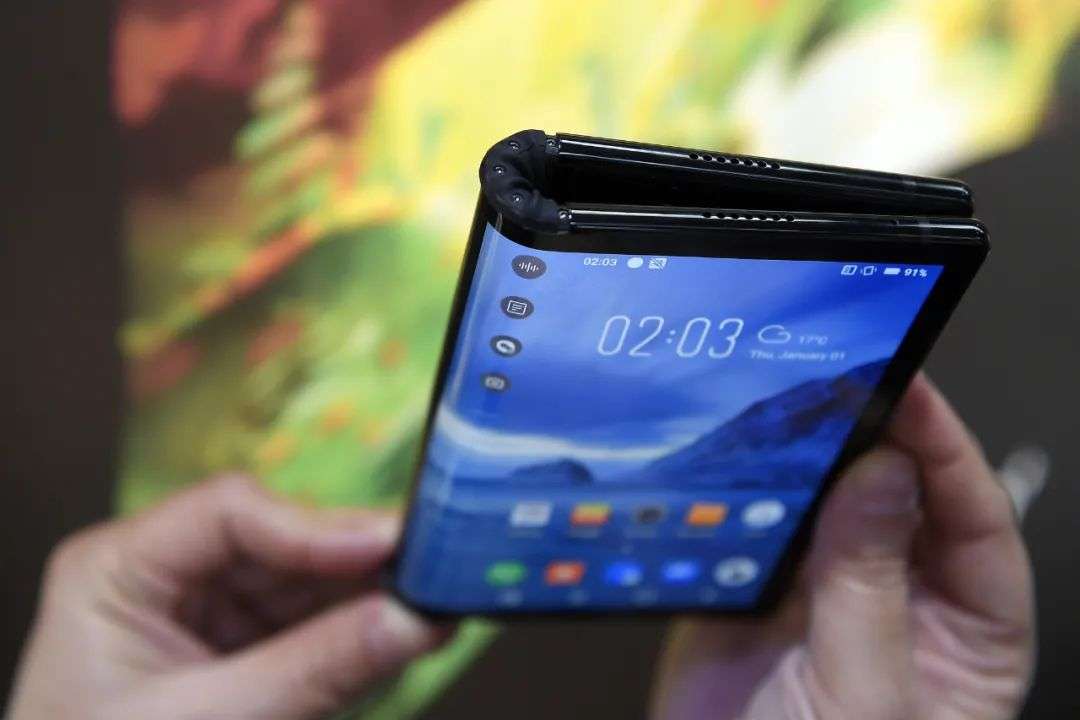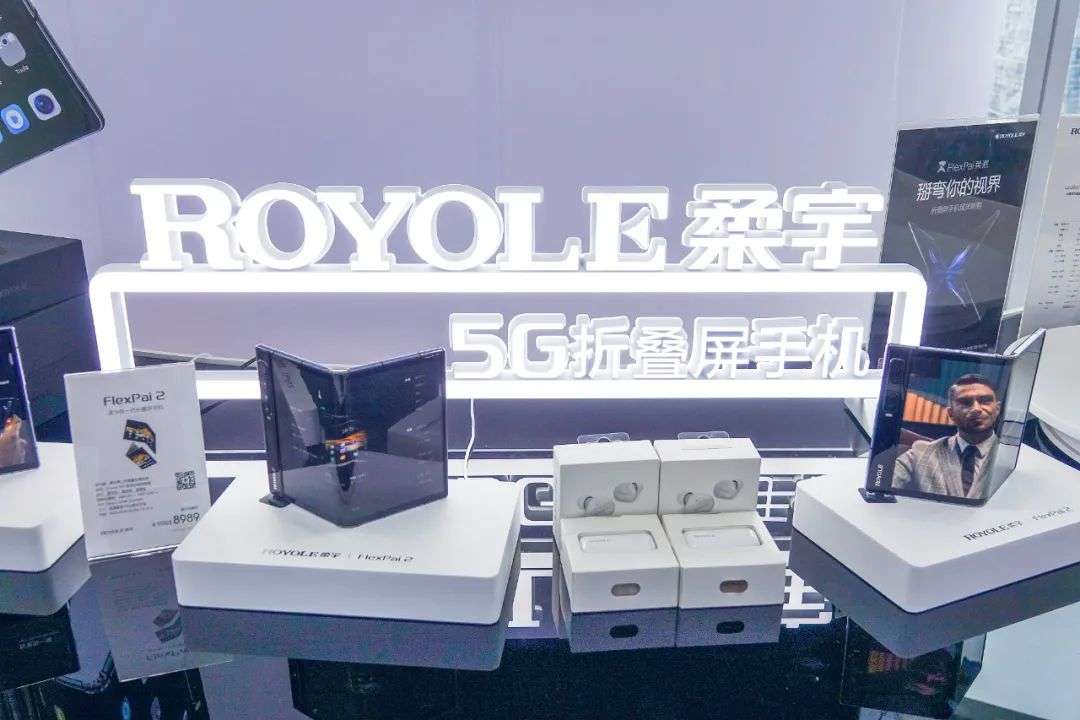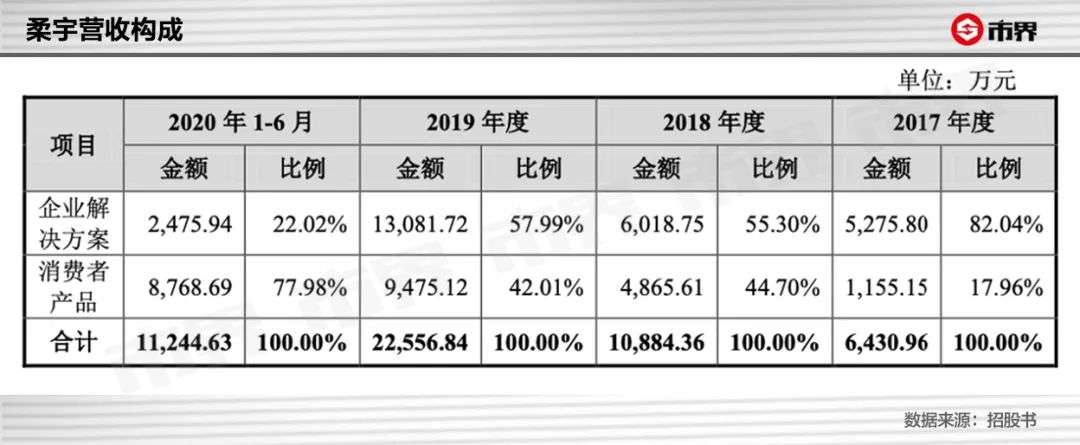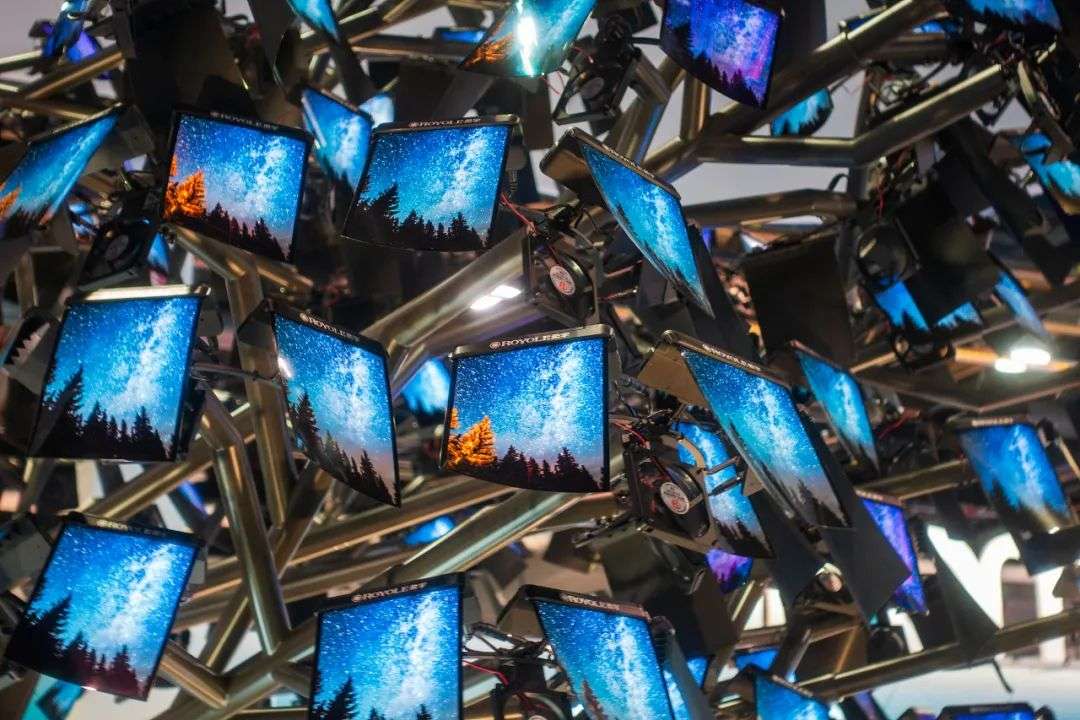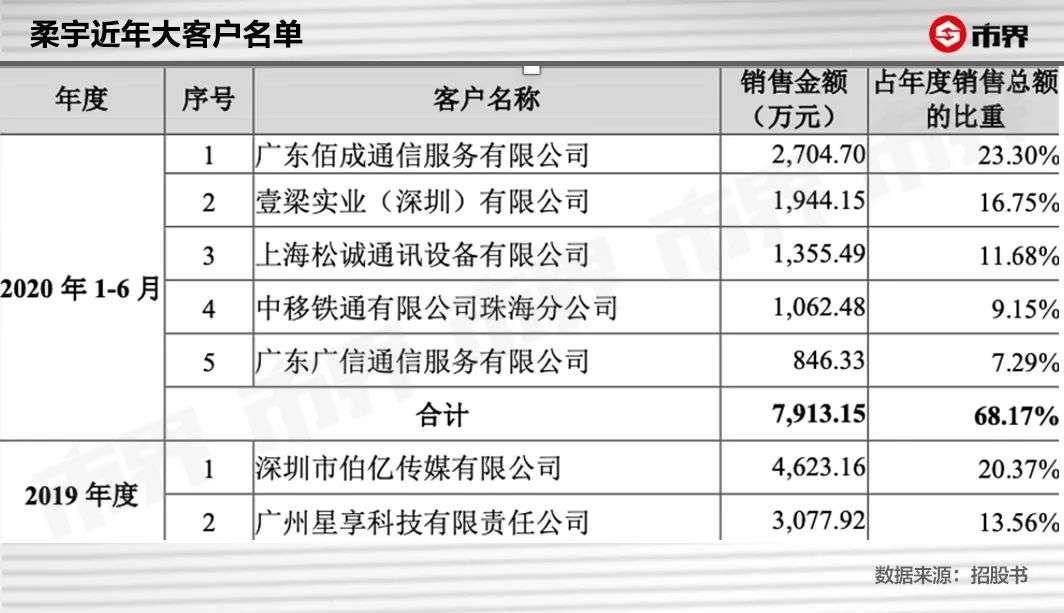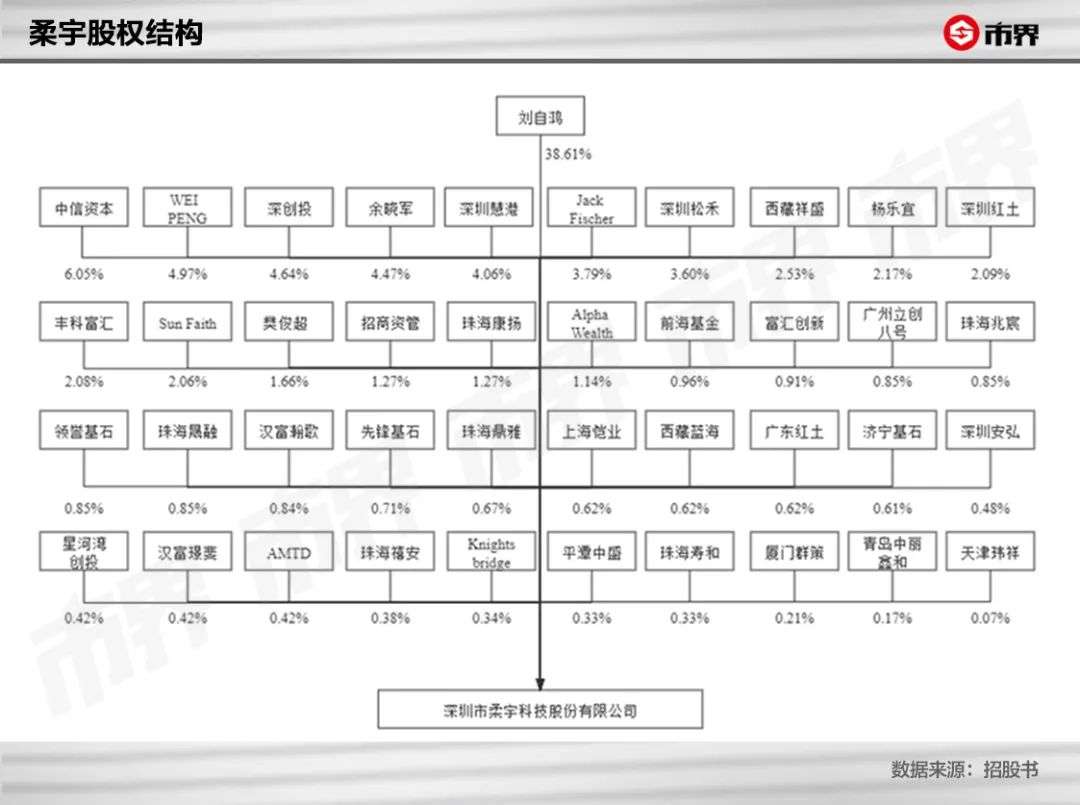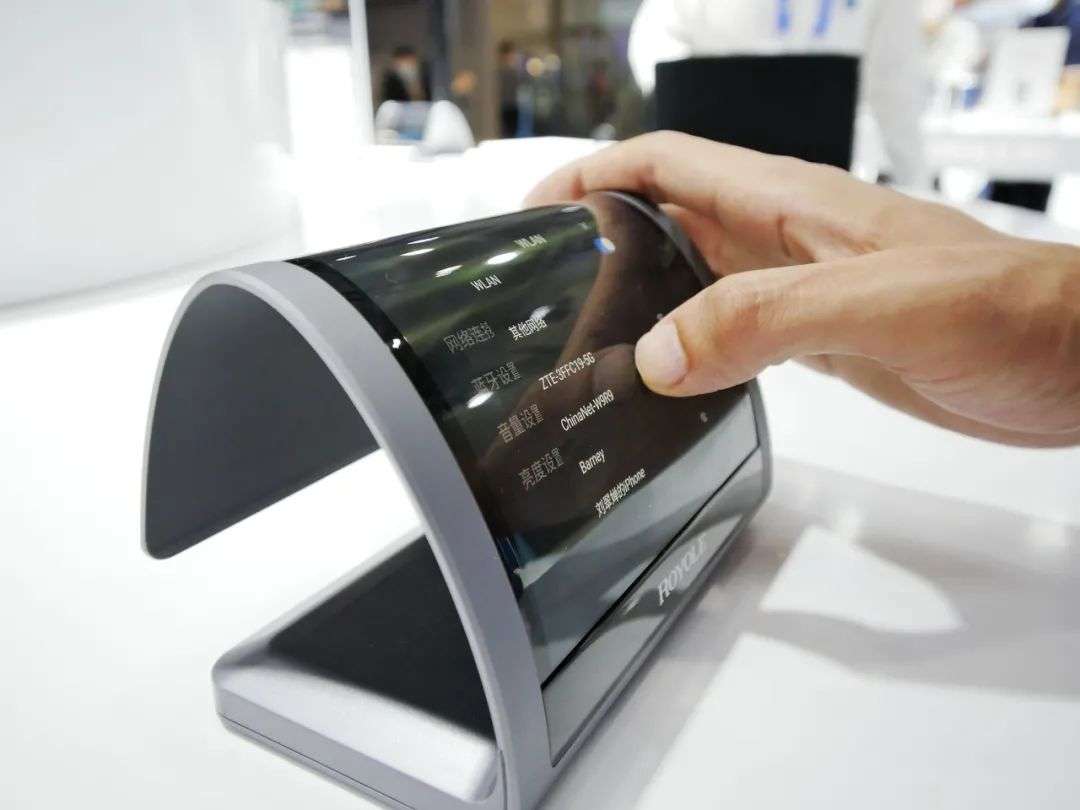This company that bombarded Xiaomi for counterfeiting was called the PPT company by others.
Editor’s note: This article from the micro-channel public number “city limits” (ID: ishijie2018), of: Nan, Editor: Li Shuguang.
If a technology cannot be converted into profit after eight years of research on a large-scale application, will you continue to burn money? You know, perseverance may be a happy hero, or a sad hero.
Rouyu Technology, known as “the leader of the global flexible technology industry”, will soon be listed on the Science and Technology Innovation Board. This company has been in existence for eight years and has been controversial.
In 2014, it developed a color fully flexible display with a thickness of only 0.01mm and a minimum curl radius of 1mm. At the beginning of 2019, Xiaomi displayed a dual-folding screen mobile phone, Rouyu bombarded it for “blatant fraud”, making it once into the spotlight.
However, Rouyu products are rarely seen on the market.
Earlier, Rouyu’s business was oriented towards the B-end, and it was not recognized by many mobile phone manufacturers such as Huawei. Later, the revenue of C-end products represented by Roupai mobile phones accounted for more than half, but this mobile phone with a price of nearly 10,000 yuan is rarely used.
Some people appreciate the technological innovation of Rouyu, while others call it a PPT liar. In fact, what it does is like a gamble about the future.
The related technology of fully flexible display is Royole’s distinctive label, and the development of this industry has not yet reached the explosive point. Rouyu could only continue to burn money until the vent came.
While developing enterprise solutions, while developing consumer electronics products, Royole faces not only panel giants such as Samsung and BOE, but also many mobile phone manufacturers such as Huawei. Even if it is listed on the Sci-Tech Innovation Board, it may be difficult to resolve its anxiety.
01 What is the 14.4 billion fundraising?
In 2012, Rouyu started operations simultaneously in Shenzhen, Hong Kong, and Silicon Valley. Its business has a sense of black technology.
Various bendable displays commonly seen in science fiction movies are exactly the display technology that Rouyu specializes in. Its main business is the research and development, production and sales of flexible electronic products, and it also provides customers with flexible electronic solutions.
Industry analysis shows that flexible screen technology has a bright future. According to Frost & Sullivan’s report, it is estimated that by 2025, the global market for flexible electronics industry will reach 304.94 billion U.S. dollars, ranging from smart terminals to entertainment media to offices The demand for flexible electronic technology in education and all walks of life is growing rapidly.
(Flexible electronic application scene displayed by Rouyu)
The wind is coming. One of Rouyu’s main purposes of raising funds for this listing is to expand production scale and improve the company’s profitability and market responsiveness. It is reported that Royole intends to raise 14.43 billion yuan for this sci-tech innovation board listing, of which 4.94 billion will be used for the upgrade and expansion of the flexible display base.
The problem is that Rouyu’s existing production capacity has not been fully utilized.
The prospectus disclosed that in 2019, Rouyu’s fully flexible display design capacity was 46.67 thousand, the output was 14.56 thousand, and the capacity utilization rate was 31.2%. In the first half of 2020, its fully flexible display design capacity was 23.33 thousand, output was 1.23 thousand, and the capacity utilization rate was only 5.3%.
At the same time, Rouyu’s inventory is constantly increasing. At the end of 2017, Rouyu’s inventory value was 103 million yuan. By the end of June 2020, Rouyu’s inventory value reached 480 million yuan.
In April 2019, Rouyu announced that the first batch of Roupai phones had been sold out. “Investor Net” reported that its Tmall sales were less than 700 units at that time. The second generation of the Roupai mobile phone was released in March 2020. The official said it was sold out on JD in 1.8 seconds, but the sales volume has not been disclosed.
However, according to the average price and total sales of consumer products disclosed in the prospectus, the total sales of Roupai mobile phones from 2019 to the first half of 2020 will not exceed 30,000. This is far lower than similar products such as Samsung Galaxy Fold and Huawei Mate X.
Folding screen mobile phones may be the most important opportunity for flexible electronics, but there are still some “unusable” at the moment. Netizens who have used Roupai mobile phones said that “it’s not good to be the main mobile phone”, and some people complained, “It’s too heavy, and it’s thicker than ordinary power banks when folded.”
The status of Rouyu’s products is reflected in financial data, which is bleak revenue and increasing losses year by year.
Compared with the 14.4 billion appetite of raised funds, Rouyu’s revenue level in recent years is only 200 million yuan, and its losses have been increasing year by year.
According to the financial report, from 2017 to 2019, Rouyu achieved annual revenue of 65 million, 109 million, and 227 million, respectively. The corresponding losses in the same period were 359 million, 802 million, and 1.073 billion. In the first half of 2020, Rouyu’s revenue was only 116 million yuan, but its loss has reached 961 million.
Overall, in three and a half years, Rouyu achieved a revenue of less than 600 million yuan, but a loss of nearly 3.2 billion.
Listing and fundraising can be said to be Rouyu’s only way out. It is competing for a track that requires a lot of money. The 7.2 billion of the funds raised in the IPO is used to supplement working capital, attract talents, and ensure continuous R&D investment.
02 Technical route dispute
Rouyu has been questioned for a long time.
Royole’s business model is B2B+B2C parallel. On the one hand, Rouyu provides flexible display and flexible sensing technology solutions for corporate customers. At the same time, Rouyu also produces its own brand of B2C terminal products for sale, including smart handwritten notebooks, foldable flexible screen mobile phones, Roupa, 3D mobile cinema equipment Royole-X and Royole Moon etc.
Rouyu said that it has accumulated China Mobile, China Telecom, Vertu, Airbus, Louis Vuitton, Luzhou Laojiao, Dongfang Performing Arts Group, Gree Electric and other well-known enterprise-level customers have laid a good foundation for business development.
The prospectus shows that before 2020, Rouyu’s main products will be “Enterprise Solutions.” In 2017, Rouyu’s “Enterprise Solutions” sales amounted to 52.758 million yuan, accounting for 82.04% of revenue. In 2019, the sales amount of this part of the product was 131 million, and the proportion of the company’s overall revenue was reduced to 57.99%.
By the first half of 2020, C-end consumer products contributed 77.98% of revenue, and Rouyu’s business focus has changed.
According to Rouyu’s explanation, this is mainly due to the sales growth of Rouji, Royole X/Moon and Roupai folding screen mobile phones. But it can also be understood that Rouyu lacks breakthroughs in obtaining corporate orders.
Rouyu failed to win the most important mobile phone manufacturer customer in the panel industry, and instead started his own mobile phone. The customers that could have been won suddenly became opponents. Roupai mobile phones are Rouyu’s key products, and the market for high-priced folding screen mobile phones is still limited.
According to data from the research institute DSCC, the sales volume of folding screen mobile phones in 2020 may only be 3 million units. In contrast, the overall global smartphone sales in the third quarter of 2020 will be close to 370 million. Especially for startups, operating a folding screen mobile phone is not a good business.
For Rouyu, personally getting involved in mobile phone terminal manufacturing shows technical strength, but it may also be a kind of helplessness.
The reason behind this is that Rouyu’s display failed to win the approval of mainstream mobile phone manufacturers. According to “Chinese Entrepreneur”, a person familiar with Huawei once said that Rouyu’s folding screen “has some problems in terms of production capacity and yield, which cannot meet the needs.”
Lin Zhi, chief analyst of Wit Display, mentioned to the city circles that Rouyu may have problems with its technical route.
Analyzed by Linzhi, LTPS TFT AMOLED (low-temperature polysilicon backplane technology) is the mainstream technology in the field of small and medium-sized OLEDs, while IGZO TFT AMOLED (metal oxide backplane Technology) There is no mature mass production experience in the industry. In addition, the solution lacks customized driver ICs, the backplane has stability problems, and the impact resistance is insufficient. Rouyu Technology has not found a material replacement for the time being. Therefore, the outside world has always questioned Rouyu Technology’s mass production capabilities.
“Because flexible AMOLED lacks stability and reliability, and there is no guarantee of supply, no major mobile phone manufacturer dares to use Rouyu flexible AMOLED. Rouyu wants to build its own brand to digest AMOLED in a short period of time. We can’t see Rouyu’s future direction for the time being,” Lin Zhi said.
Sun Yanbiao, Dean of the First Mobile Phone Industry Research Institute, also analyzed to the city the reasons why Rouyu was not recognized by major manufacturers. He said that there is no impermeable wall for any technology, and good technology will be followed up quickly. There must be a reason why everyone does not follow it.
Technological advancement and applicability are not the same.
Sun Yanbiao pointed out that big manufacturers must make products approved by consumers, and products approved by consumers must withstand the millions of tests on the market. Rouyu’s products have not passed this kind of test. use”.
Rouyu’s major clients have also been changing in recent years.
Rouyu explained that this is related to the increase in the company’s product range. In June 2018, Rouyu’s fully flexible display production line was lighted up and put into production. Products based on fully flexible display technology began to be shipped, and the product categories increased, and there was a certain verification period for the introduction of downstream customers.
However, after that, Rouyu’s major customers have not stabilized.
Comparing the top five customers in the first half of 2020 and 2019, only Yiliang Industrial (Shenzhen) Co., Ltd. is still listed. Shenzhen Boyi Media Co., Ltd. is Rouyu’s largest customer in 2019. The related sales amount reached 46,231,600 yuan, accounting for 20.37% of Rouyu’s total annual sales. By the first half of 2020, it has become a major customer. The list disappeared.
In addition, the relationship between some major customers and Rouyu has also raised questions. According to the investigation of Netease Qingliu Studio, as 202Yiliang Industrial, the second largest customer in the first half of the year, purchased products from Rouyu Technology as a “customer” on the one hand, and on the other hand, its affiliate Shenzhen Tongchuangxin, once shipped Rouyu to the US company of Rouyu Technology. The product.
Even if it is successfully listed, Rouyu’s road ahead is still bumpy.
03 Success or failure depends on this one action
The prospect of flexible display itself is generally optimistic. This kind of technology, which seems to be science fiction, has already begun.
According to Tou Leopard Research Institute, the origin of the development of the flexible display industry can be traced back to 1974. The first company to invest in the research and development of flexible screen technology was XeroParc of the United States. The company successfully manufactured the world’s first Gyricon flexible electronic paper display, laying the foundation for subsequent flexible display research.
In 2007, Sony released a 0.3mm bendable display screen, which can be applied to the ultra-thin display screens of flat-screen TVs, mobile TVs and other mobile devices, but the technology is not mature and has not been popularized. As the former overlord of the mobile phone industry, Nokia launched the bendable “Bendy Phone” concept phone in 2011.
As for China, Rouyu did occupy an important position. Although there are constant doubts, Rouyu is at the forefront of the related research and development of flexible display.
Looking back in the past, in 2014, Rouyu developed a color, fully flexible, and foldable display with a thickness of only 0.01mm and a minimum curl radius of only 1mm. In October 2018, Rouyu launched the consumer-grade mass-produced flexible screen folding mobile phone FlexPai.
At the same time, Rouyu is also favored by many capitals. CITIC Capital, Shenzhen Venture Capital, and Qianhai Fund are among its investors. Among them, Shenzhen Venture Capital participated in multiple rounds of financing including the angel round of Rouyu.
What’s interesting is that Zhang Hua, who was in charge of the Rouyu project at Shenzhen Venture Capital, came into contact with the project in 2011 before the birth of Rouyu. At that time, the core value judgment of the project was mainly based on the optimistic view of Liu Zihong, Chairman and CEO of Rouyu, as well as the academic papers and doctoral thesis published by Liu Zihong earlier.
Zhang Hua’s investment logic is: angels look at the founder.
According to a report from “Investment Circle”, led by Zhang Hua, Shenzhen Venture Capital came to a conclusion after technical research: as long as it can reach the level described by Liu Zihong and break the original technical barriers, then his technology must be the most advanced; At the same time, what Shenzhen Venture Capital values is that Liu Zihong had been studying this project as early as 2005, and he was very persevering and persistent.
Unfortunately, Rouyu’s commercial implementation of actual products is not satisfactory. At present, in addition to Rouyu, BOE, Shenzhen Tianma, China Star Optoelectronics, Visionox, etc. are all important domestic flexible screen players, among which BOE takes the lead. The 2019 report of Tou Leopard Research Institute pointed out that BOE’s market share in China’s flexible display industry accounted for more than 95%.
The competitive pressure that Rouyu faces will only increase.
Before all the doubts, Rouyu has explained. However, after the prospectus was disclosed, Rouyu’s mist still remained, but serious losses were exposed.
Today’s Rouyu can’t afford to wait, lacking hematopoietic ability, and can only expand ammunition through listing and financing, and wait for the timing of the outbreak of the flexible screen.
The industry believes that the advent of the 5G era will trigger interactive innovation, and fully flexible displays are an important direction. According to the estimates of the IFC Securities Research Institute, shipments of folding mobile phones equipped with fully flexible screens are expected to reach 14.2 million units in 2021. By 2023, shipments of folding mobile phones are expected to exceed 25 million units.
Royole is happy to emphasize his status as a pioneer of folding mobile phones, but it is easier said than done to defeat rivals such as Huawei, Xiaomi, and Samsung.
Liu Zihong once explained that “rouyu” means “a flexible universe”. Rouyu’s goal is to “bend” the world so that people can better perceive the world. But now Rouyu has suffered a huge loss of 3.2 billion in three years and its business model is full of mists. What is Liu Zihong’s “breaking” the world?
A world that can “break the bend” may come, but will it be Rouyu who will achieve this goal?
